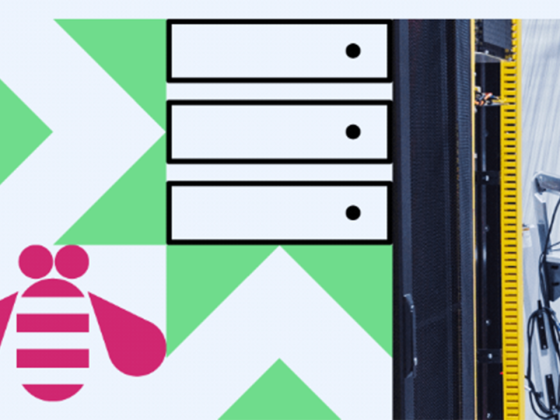When developing applications for Kubernetes, which is a distributed system, developers and platform engineers need to know both how to monitor them and understand how they impact their business. There are several tools available to instrument Kubernetes clusters and code, but figuring out which options are the right ones can be challenging. That’s why we created the Introduction to Observability course on KubeAcademy.
This intermediate-level course walks you through several options for getting observability into your applications and systems. It also includes demonstrations of how these systems work in a Kubernetes cluster.
From our partners:
What you’ll learn in the course
The Introduction to Observability course consists of eight lessons with nearly 40 minutes of material. Here’s a preview of what each lesson covers.
Intro: What Is Observability?
Traditionally, observability was defined by three pillars: metrics, aggregated logs, and service tracing. Unfortunately those tools alone will not provide full observability into your applications in a distributed system. In this lesson, course creator Hart Hoover offers an introduction to modern observability.
Logging in Kubernetes
Get answers to questions including: What kind of data should I collect? What tools are available? How are applications expected to emit log data in a Kubernetes cluster?
Demo: Logs with EFK
Walk through a complete logging stack running on a Kubernetes cluster to see what kinds of data you can collect and visualize.
Metric Collection with Prometheus
Learn what Prometheus is and how it collects metrics about your Kubernetes cluster and applications.
Demo: Prometheus & Grafana
Learn how to deploy a simple Prometheus stack on a Kubernetes cluster using the Prometheus Operator, as well as how to visualize your metrics using Grafana.
OpenTracing
Learn how traces, spans, and tags can be used to get data related to the way requests flow through your application using OpenTracing.
Demo: OpenTracing with CNCF Jaeger
See how various components show a distributed trace in action running on a Kubernetes cluster can be deployed using the Jaeger operator.
Review: What did we learn here?
To wrap up the course, spend a few minutes reviewing the key points addressed throughout the course lessons.
Go further with KubeAcademy Pro
Get access to in-depth courses, exclusive workshops, virtual events with community leaders, instructor-led webinars, and more by becoming a KubeAcademy Pro member—all for free. In addition to exclusive Kubernetes content, you’ll be able to track your progress, save your favorite courses, and earn achievements.
Not sure which courses are right for you? Take the assessment quiz to get a personalized recommendation of courses based on your experience, interests, role and more.
Don’t see the topic or course you’re looking for on KubeAcademy? Drop us a line at [email protected] to let us know. We’re always accepting requests for new topics as we continue to expand the KubeAcademy course catalog.
For enquiries, product placements, sponsorships, and collaborations, connect with us at [email protected]. We'd love to hear from you!
Our humans need coffee too! Your support is highly appreciated, thank you!








